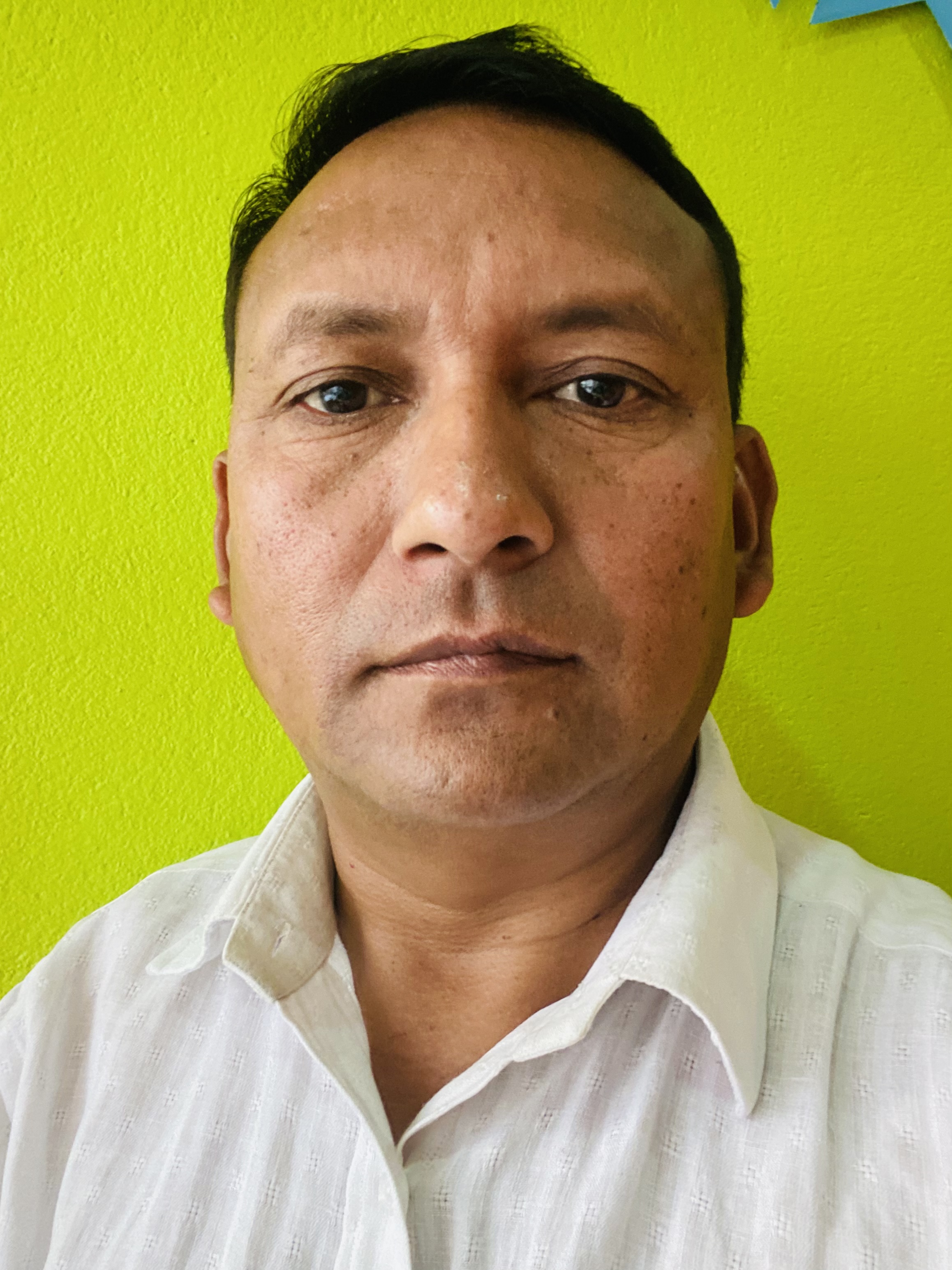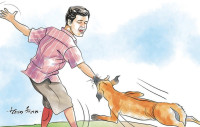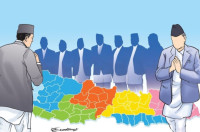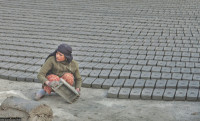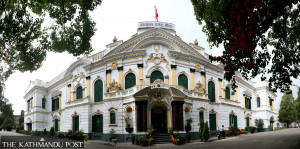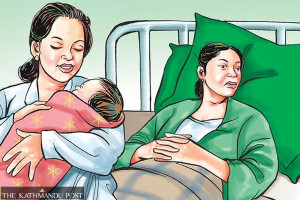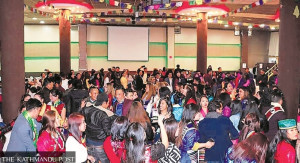Columns
Dangers of ethnicising Dalits
Dalits must avoid identity politics, as it harms the social justice and equality campaign.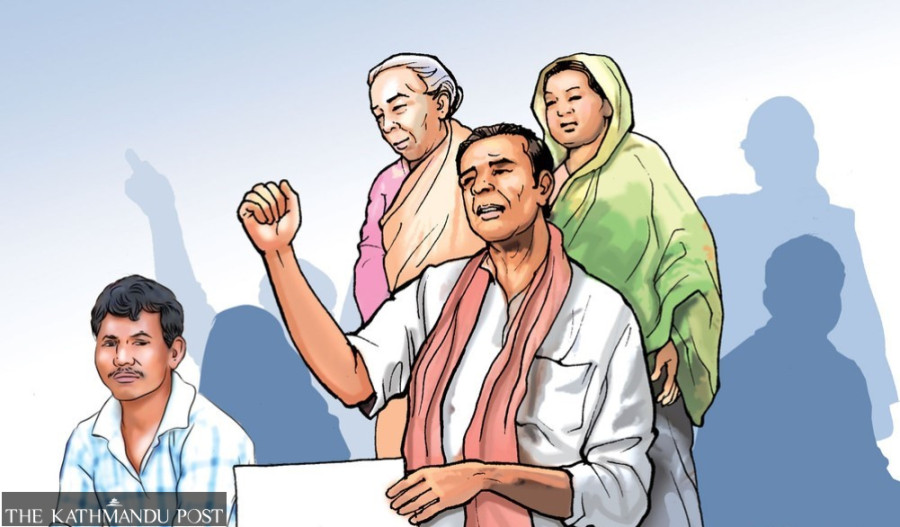
Mitra Pariyar
On July 15, 2025, the final round of a caste-based beauty pageant called “Mr and Miss Bishwakarma” took place in Kathmandu. It was the fourth annual event organised by a company of the members of the same caste, Bibros Entertainment—yet it caused quite a controversy within the Dalit community this time. The controversy principally focused on the ongoing but confounding debate surrounding the question of whether the Dalit movement should embrace identity politics, like Janajatis, or whether they should stick to the pursuit of equal rights, inclusion and individual freedom.
I support the latter position. Dalits must not venture into identity politics as it does more harm than good to the campaign for social justice and equality. In any case, we do not have separate languages, religious faiths, cultures, customs to qualify for ethnic identity. Besides, our facial features or skin colour or any other physical traits are inseparable from those of the high castes. So, I urge Dalits to remain vigilant and not do things that would potentially undermine our fight for equal rights.
Attempts at ethnicising Dalits
Many Dalits have been both amused and bemused, and perhaps some even contented, by the revelation of what the organisers claim to be the original and authentic ethnic dress of the Bishwakarma—the largest and the apex caste of the hierarchically arranged Dalit community in the hills. Independent research by a freelance writer from the Pariyar community was cited as proof of the ethnic attire of the Bishwakarma.
The female Bishwakarma dress didn’t look that unique. But the ethnic dress proudly worn by Mr Bishwakarma, Saurabh Bishwakarma, became controversial. It consisted of white pheta, white bhoto, earrings, a light white long skirt, a white waistband, a club tied to the waist and a sword in a scabbard.
Overall, at least from the supposedly ethnic dress hitherto unknown, including the carrying of a sword and club, it appeared as if the Bishwakarma were trying to present themselves as akin to the Chhetri, a warrior tribe or caste of a bygone era. The real intent or purpose has not been clearly articulated, but the man’s dress does give that impression.
This is not surprising, however. Ethnicities are often constructed by displaying differences, no matter how subtle, between groups claiming different identities. Just look at how the Pun and Magar have constructed a slight variation in their respective ethnic dresses to claim different identities—against the common understanding that both the Pun and Magar are basically the same group. The anthropologist Mary Lecomte-Tilouine is an expert in these debates on Magar cultures and customs.
American sociologist Joanne Nagel published a useful paper on the construction of ethnic identity in the journal Social Problems, in 1994. Here she states, “Identity and culture are two of the basic building blocks of ethnicity…through the construction of identity and culture, individuals and groups attempt to address the problematics of ethnic boundaries and meaning.”
Many anthropologists and sociologists have researched and analysed the construction of ethnicity and ethnic politics. Norwegian anthropologist Frederick Barth’s 1998 book Ethnic Groups and Boundaries is an important read for people working in the social sciences. Barth highlights that ethnic group formation may be important for asserting the rights of marginalised peoples, but it also conforms and consolidates inter-group boundaries.
Dangers involved
The beauty pageant and the new dress drew wider attention because it was endorsed by few well-known Dalit activists and intellectuals, most notably Min Bishwakarma—former Cabinet minister and senior member of the Nepali Congress. I am not sure whether he knew what he was doing, whether he was aware of the potential contention within the Dalit community. But one thing is clear: He too is proud of his blacksmith community and identity.
Afterwards, I spoke to some prominent intellectuals from the Bishwakarma community who have fought against the caste system for decades, including some ardent supporters of Dr Ambedkar’s ideology that freedom from caste oppression is only possible when Dalits exit the Hindu religion. However, they too thought one should be proud of one’s caste identity, which is a very paradoxical position.
As stated earlier, constructing ethnic identity involves creating social and cultural boundaries. It reifies those differences, real or perceived. Therefore, the ethnicisation of Dalit castes is certain to widen the gulf among Dalit castes themselves. This would further divide the Dalit community, rendering it even more powerless and ineffectual.
Ethnic identity claims are not inherently bad, as many scholars have pointed out. But it should match the ground realities. Even if we imagine new cultures and customs as a way of advancing ethnic politics, based on stories from thousands of years ago, they should somehow resonate with the current realities.
Professor Mahendra Limbu and many other noted scholars have done much work on the abrupt rise of ethnic politics in the 1990s. Likewise, the Madhesi ethnic uprising against the extreme racism and marginalisation at the hands of the hill ruling elites in the first decade of the 21st century was powerful and influential. It is no surprise that some Dalits want to replicate those for the liberation of Dalits.
But this is a dangerous game. In my opinion, the construction of Dalit ethnic identity is suicidal. Trying to ethnicise individual Dalit castes is even more divisive and self-harming.
I feel bemused by the arguments of some Dalit writers who make ethnic claims of Dalit castes based on some anecdotes and on the names of rivers, hills and regions. For example, they think the Karnali Region was once ruled by the Damai, because the river Karnali was named after karnal, a pipe traditionally played by the Damai.
There is no historical record to show that the Dalit castes had been rulers in certain pockets of the country. Even if they were, thousands of years ago, there is no way of returning them. Even if Dalit castes had their own linguistic traditions and dresses, it is impossible to retrieve them. It’s too late to make a splash in contemporary politics against caste hierarchy.
Conclusion
Dalits should not be misled by the few who want to emulate the ethnic politics of the past decades as a way of fighting caste oppression. This kind of politics does more harm than good.
We Dalits do, of course, have an identity. This identity has been constructed by the state as beggars, as financially dependent individuals, as ignorant fools, as outcasts. Such a stigmatisation of our identity is so flawed that it does not allow us to live a life of dignity and self-respect—it does not even allow us to rent rooms in cities like Kathmandu. Hence, we must work towards erasing our identity as modern-day slaves.




 7.12°C Kathmandu
7.12°C Kathmandu